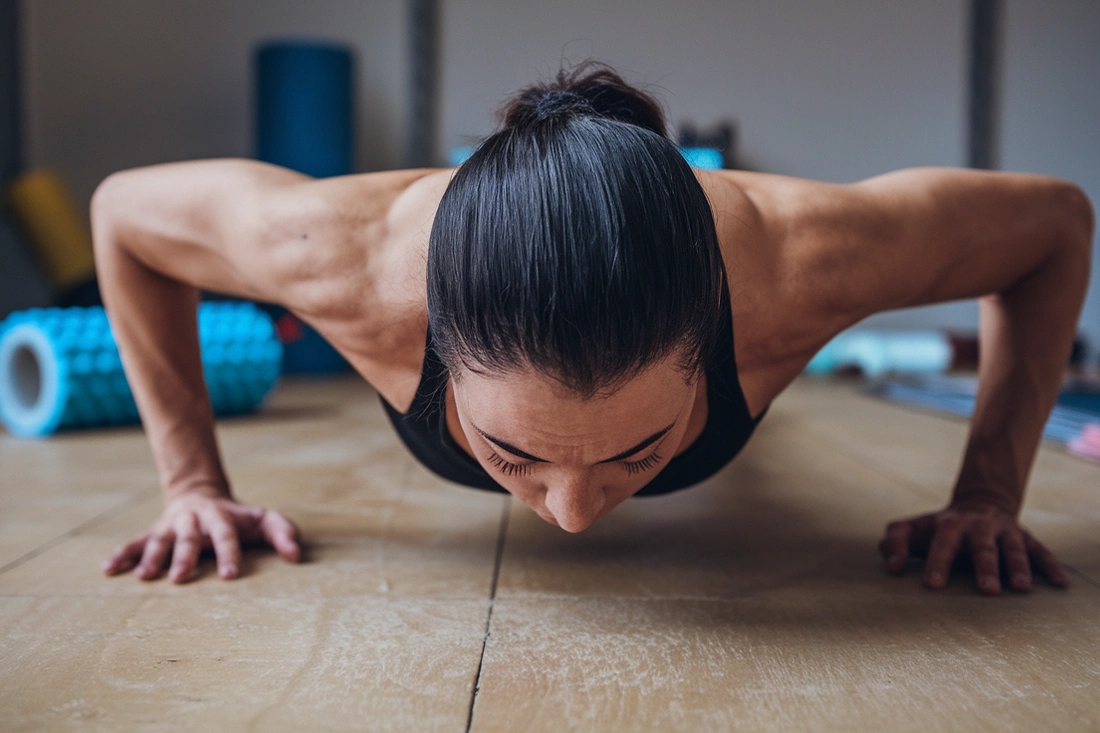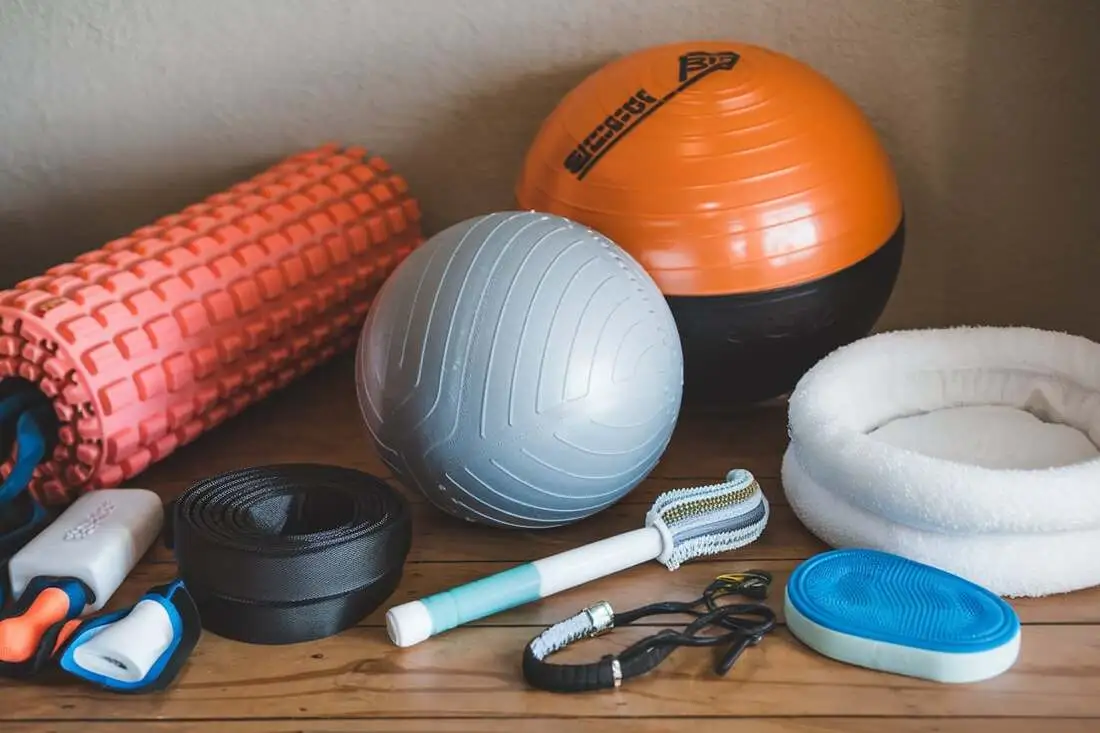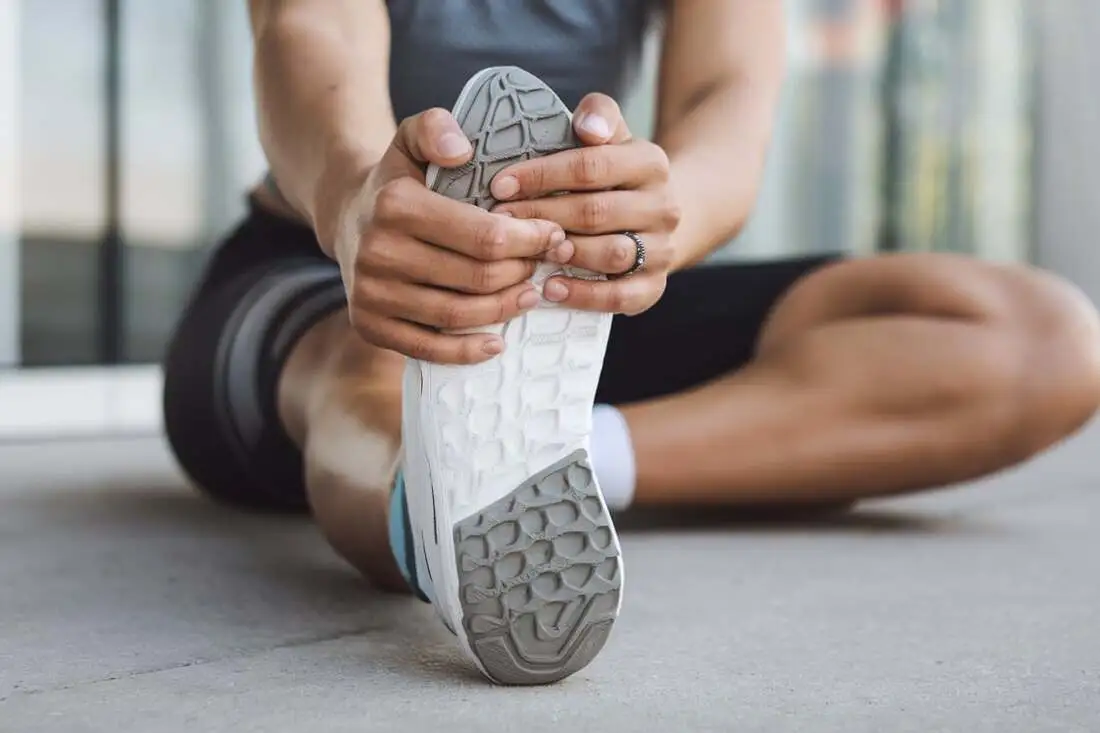Maximize muscle recovery is a crucial aspect of any fitness routine, yet it’s often overlooked by athletes who are focused on building muscle mass.
Did you know that muscle recovery is just as important as muscle building?
Yet, many athletes neglect this crucial aspect of their fitness routine, which can lead to delayed recovery, decreased performance, and an increased risk of injury.

Delayed muscle recovery can also prolong recovery time, making it challenging to get back to training and competition.
In this post, we’ll explore budget-friendly tools and techniques to help you maximize muscle recovery and get back to your fitness goals and provide additional resources for further learning.
What is Muscle Recovery?
Muscle recovery is the process of restoring muscle function after exercise or physical activity.
It’s a critical component of any fitness routine, as it allows your muscles to repair and rebuild themselves after a workout.
Without proper muscle recovery, your muscles may not be able to function at their best, leading to decreased performance, increased risk of injury, and prolonged recovery time.
Effective muscle recovery is essential for optimal performance, reduced injury risk, and improved overall health.
When your muscles are able to recover properly, you’ll be able to:
- Perform at your best, with increased strength and endurance
- Reduce your risk of injury by allowing your muscles to repair and rebuild themselves
- Improve your overall health by reducing muscle soreness and fatigue
- Enhance your mental well-being by reducing stress and improving mood
In the following sections, we’ll explore budget-friendly tools and techniques that can help you maximize muscle recovery and achieve your fitness goals.
Budget-Friendly Tools for Muscle Recovery

When it comes to maximizing muscle recovery, there are several budget-friendly tools and techniques that can help.
Here are some effective options:
- Compression Therapy: Compression garments, such as sleeves or tights, can help improve blood flow and reduce muscle soreness. You can find compression gear at a variety of price points, from around $20 to $100.
- Foam Rolling: Foam rolling is a self-myofascial release technique that can help reduce muscle tension and improve circulation. You can purchase a foam roller for around $10 to $30.
- Massage Therapy: While professional massage therapy can be expensive, you can also try self-massage techniques or invest in a handheld massager for around $20 to $50.
- Active Recovery Techniques: Active recovery techniques, such as yoga or cycling, can help promote blood flow and reduce muscle soreness without breaking the bank. Many yoga classes cost around $10 to $20 per session, and you can purchase a used bike or join a spin class for around $20 to $50 per session.
These budget-friendly tools and techniques can be a great addition to your muscle recovery routine, helping you to recover faster and perform better in your next workout.
Techniques for Maximizing Muscle Recovery

In addition to budget-friendly tools, there are several techniques you can use to maximize muscle recovery.
Here are some effective strategies:
- Proper Warm-up and Cool-down Routines: A proper warm-up before exercise can help increase blood flow and reduce muscle strain, while a cool-down can help reduce muscle soreness and improve flexibility. Aim for a 10-15 minute warm-up and cool-down routine that includes light cardio and stretching exercises.
- Post-workout Nutrition and Hydration Strategies: Proper nutrition and hydration after exercise can help promote muscle recovery and reduce muscle soreness. Aim to consume a balanced meal or snack with a mix of carbohydrates and protein within 30-60 minutes after exercise, and drink plenty of water throughout the day.
- Stress Management Techniques: Stress can exacerbate muscle soreness and impede recovery. Techniques such as meditation, deep breathing, and yoga can help reduce stress and promote relaxation. Aim for 10-15 minutes of stress management per day, and incorporate techniques such as progressive muscle relaxation, visualization, or mindfulness meditation into your daily routine.
Additional techniques for maximizing muscle recovery include:
- Getting adequate sleep (7-9 hours per night)
- Avoiding overtraining or excessive exercise
- Stretching regularly
- Incorporating recovery days into your workout routine
- Using cold therapy (e.g., ice baths or cold compresses) to reduce inflammation
- Getting regular massages or using self-massage techniques
By incorporating these techniques into your daily routine, you can help maximize muscle recovery and improve your overall fitness performance.
Case Studies and Testimonials
While the benefits of effective muscle recovery techniques are well-documented, it’s often more compelling to hear from athletes who have experienced these benefits firsthand.
Here are a few case studies and testimonials that illustrate the impact of proper muscle recovery.
Real-life Examples
- Professional triathlete, Ironman World Champion, and Olympian, Lucy Charles-Barclay, credits her consistent use of foam rolling and compression garments with helping her recover from intense training sessions and competitions.
- Professional soccer player, Alex Morgan, uses a combination of active recovery techniques, such as yoga and cycling, to help her recover from grueling games and practices.
- CrossFit athlete, Rich Froning, attributes his ability to perform at a high level in multiple CrossFit Games with his focus on proper nutrition and hydration strategies, as well as incorporating rest days and active recovery techniques into his training routine.
Expert Quotes
- “Muscle recovery is not just about reducing muscle soreness, it’s about optimizing performance. By incorporating effective recovery techniques into your training routine, you can improve your overall fitness level and achieve your goals faster.” – Dr. Jordan Metzl, sports medicine physician and author
- “I’ve seen firsthand how proper nutrition and hydration can make a huge difference in an athlete’s recovery. By fueling their body with the right foods and drinks, they can reduce muscle soreness and improve their overall performance.” – Nancy Clark, sports dietitian and author
- “Active recovery techniques like yoga and cycling are not just for relaxation – they’re essential for promoting blood flow and reducing muscle tension. By incorporating these techniques into your routine, you can improve your overall recovery and performance.” – Dr. Andrew Murray, sports medicine physician and author
These case studies and testimonials demonstrate the real-world benefits of effective muscle recovery techniques.
By incorporating these strategies into your training routine, you can optimize your performance, reduce muscle soreness, and achieve your fitness goals.
FAQs – Frequently Asked Questions About Muscle Recovery
Q: What is muscle recovery, and why is it important?
A: Muscle recovery is the process of restoring your muscles to their optimal state after exercise. It’s important because it helps reduce muscle soreness, improves performance, and prevents injuries.
Q: What are some common signs of inadequate muscle recovery?
A: Common signs of inadequate muscle recovery include muscle soreness, fatigue, decreased performance, and increased risk of injury.
Q: How often should I recover between workouts?
A: The frequency of recovery depends on the intensity and duration of your workouts. As a general rule, it’s recommended to allow at least 24-48 hours of recovery time between high-intensity workouts.
Q: What are some effective ways to recover from a workout?
A: Effective ways to recover from a workout include stretching, foam rolling, self-myofascial release, and incorporating active recovery techniques such as yoga or cycling.
Q: Can I over-recover? Is it possible to overdo it with recovery techniques?
A: Yes, it’s possible to over-recover. While recovery is important, excessive recovery can lead to decreased muscle mass and strength. A balanced approach is key.
Q: Can I use recovery techniques to prevent injuries?
A: Yes, incorporating recovery techniques into your routine can help prevent injuries by reducing muscle tension and improving flexibility.
Glossary – Definitions of Key Terms Related to Muscle Recovery
- Active Recovery: Techniques such as yoga or cycling that promote blood flow and reduce muscle tension.
- Foam Rolling: A self-myofascial release technique that uses a foam roller to massage and roll out tight muscles.
- Muscle Soreness: A common sensation felt after exercise, characterized by stiffness, tenderness, and pain.
- Myofascial Release: A technique that involves applying gentle pressure to release tension in the muscles and connective tissue.
- Self-Myofascial Release: A technique that involves using a tool or your own body weight to release tension in the muscles and connective tissue.
- Stretching: A technique that involves lengthening the muscles and connective tissue to improve flexibility and range of motion.
Conclusion

Incorporating effective muscle recovery techniques into your daily routine can make a significant difference in your fitness journey.
By using budget-friendly tools and techniques, you can optimize your performance, reduce muscle soreness, and achieve your fitness goals faster.
Key Takeaways
- Proper warm-up and cool-down routines are essential for reducing muscle strain and improving flexibility
- Post-workout nutrition and hydration strategies can help promote muscle recovery and reduce muscle soreness
- Stress management techniques, such as meditation and deep breathing, can help reduce muscle tension and improve overall recovery
- Foam rolling, compression garments, and active recovery techniques can help reduce muscle soreness and improve circulation
- Consistency is key – incorporating these techniques into your daily routine can make a significant difference in your overall recovery and performance
Start incorporating these budget-friendly tools and techniques into your daily routine to maximize muscle recovery and take your fitness to the next level.
Whether you’re a seasoned athlete or just starting out, these strategies can help you achieve your fitness goals faster and more efficiently.
Remember, recovery is not just about reducing muscle soreness – it’s about optimizing your performance and achieving your goals.
By prioritizing recovery and incorporating these techniques into your routine, you can take your fitness to new heights and achieve the results you’ve been working towards.
So why wait?
Start incorporating these budget-friendly tools and techniques into your daily routine today and start seeing the results for yourself!
References – Sources Cited in This Blog Post
- American College of Sports Medicine (2018). ACSM’s Guidelines for Exercise Testing and Prescription. Wolters Kluwer.
- National Academy of Sports Medicine (2019). NASM Essentials of Personal Fitness Training. Michael A. Clark.
- National Institutes of Health (NIH)(.gov). A Meta-Analysis of the Effects of Foam Rolling on Performance and Recovery.
Additional Resources – Further Reading and Recommended Tools for Muscle Recovery
- Books:
- Tools:
Related Posts
No posts
